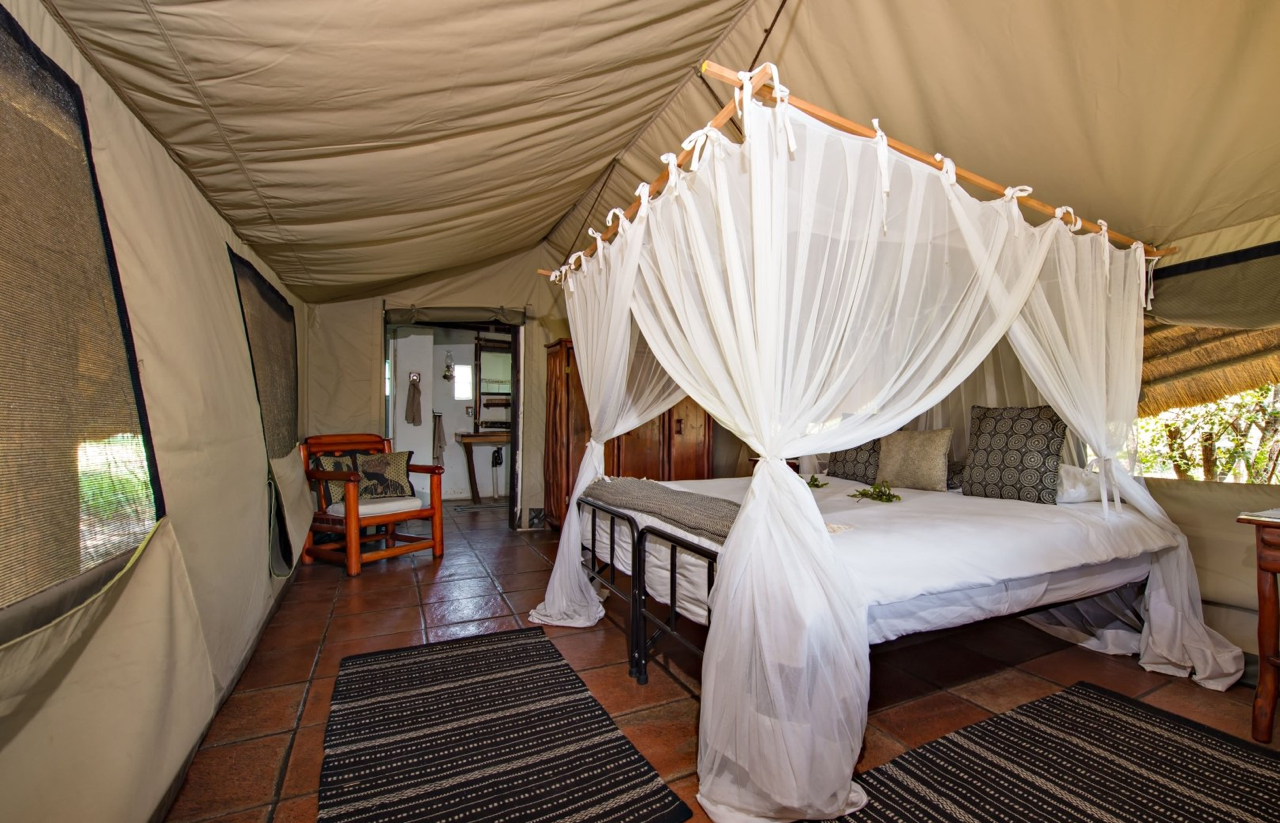
Meet the Manyeleti's master of disguise
The flap-necked chameleon is a force to be reckoned with
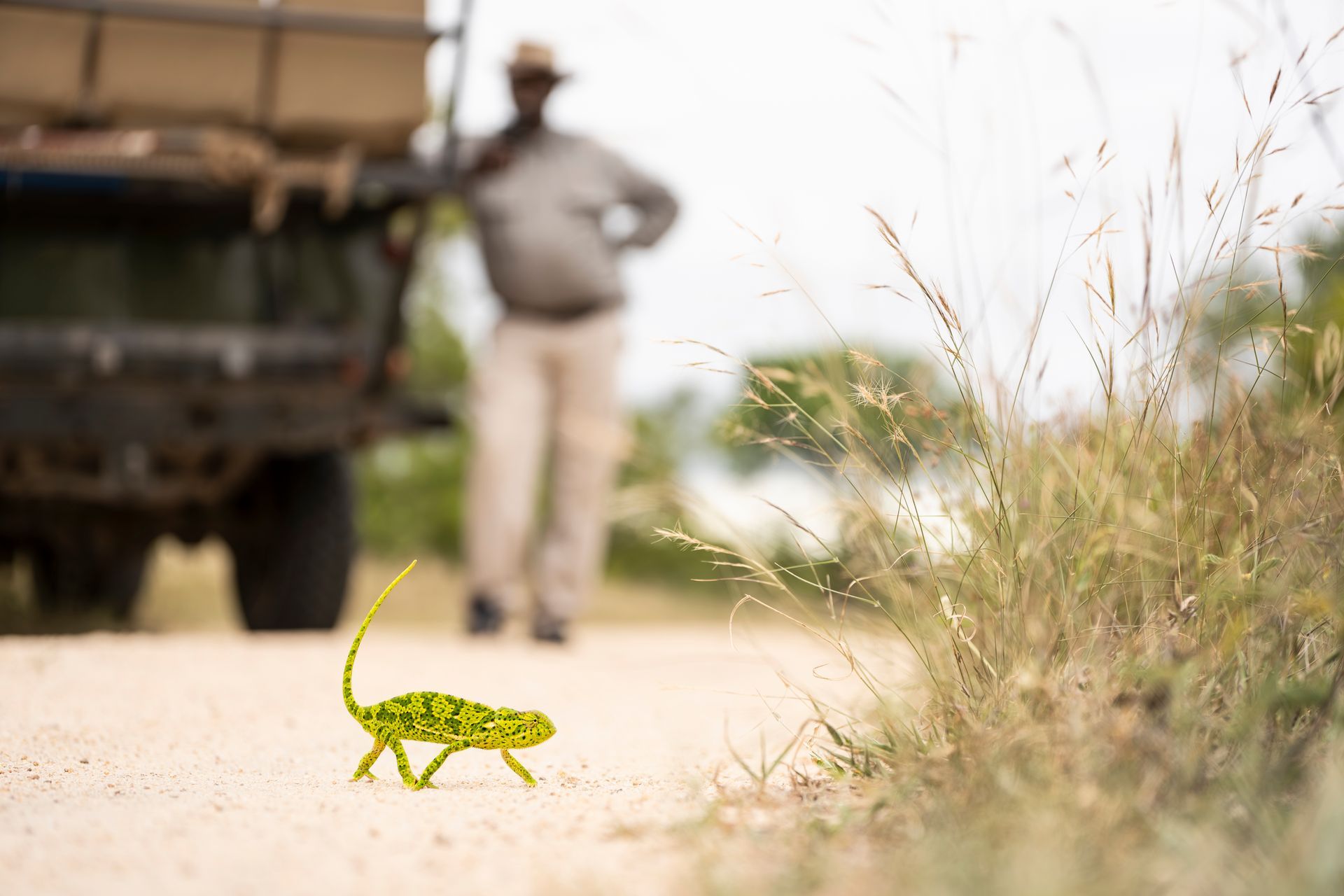
Slide title
Write your caption hereButton
The flap-necked chameleon isn't your average reptile. This charismatic creature, found throughout sub-Saharan Africa, boasts a dazzling array of adaptations that make it a true superstar of its environment. From its impressive vision and lightning-fast tongue to its surprising social life and dramatic threat displays, the flap-necked chameleon is a captivating resident of the Manyeleti...
While the ability to change colour is a well-known chameleon trait, the flap-necked chameleon's colour changes aren't just for camouflage. It can blend into its surroundings with a range of greens, yellows, and browns, but colour also plays a role in regulating body temperature and expressing mood.
At rest, the flap-necked chameleon's body colouration is usually light green, brown or yellow, with a light or dark stripe extending across the flanks. The flap-necked chameleon's body is marked with numerous dark spots, which become bright yellow or orange when it is excited or ready to mate. Two low crests formed from large conical scales run down the centre of the upper and lower surfaces of the body, with the lower crest beginning at the throat and continuing unbroken over the belly.
It's relatively easy to spot a flap-necked chameleon with a strong light at night whilst it's sleeping, as its body colour becomes a pale whitish green and this shows up rather easily. These fascinating reptiles also change colour to regulate body temperature, for example darkening the body to absorb more solar radiation. The shadow side remains paler.
This colour-changing ability is thanks to specialised cells called chromatophores, which lie beneath the chameleon's transparent skin. By manipulating these cells, the chameleon can alter its colour like an artist with a vast palette.
The flap-necked chameleon is perfectly built for an arboreal life. Reaching a maximum length of around 35cm, its long, prehensile tail acts like an extra limb, allowing it to grip branches and navigate the intricate world of the treetops with impressive agility. Their specially adapted feet, with five toes and prominent claws, also aid in their climbing abilities.
While it's usually found amongst the branches of trees and bushes, the flap-necked chameleon will occasionally descend to the ground in order to seek out new feeding grounds or a mate.
Like other chameleon species, the flap-necked chameleon has a number of special adaptations for hunting. Primarily insectivorous, feeding on invertebrates like grasshoppers, flies and beetles, its eyes are located on cone-shaped turrets, which can move independently, allowing it to look in two different directions simultaneously, while searching for its prey.
Once spotted, prey is caught by means of the chameleon's remarkable secret weapon - its impressive extensile tongue. The contraction of special muscles within the tongue rapidly propels it towards the prey, which is snared by a combination of the tongue's sticky mucous coating and a vacuum created by muscles in the tip.
The flap-necked chameleon isn't just a master of disguise and hunting; it's also a master of intimidation. When threatened, it presents a dramatic display, rocking from side-to-side, while raising its neck flaps, expanding its throat pouch and gaping its mouth.
Female flap-necked chameleons are larger than the males and outcompete them for the most favourable areas within their habitat, where prey is most abundant. The short mating season is the only time when females will allow males to approach them without conflict.
After a brief courtship ritual involving the male's throat pouch turning pale white, the female lays a clutch of up to 60 eggs which can take between nine and 12 months to hatch. After mating, the female once again becomes aggressive to males, turning black and butting heads with any that approach.
Sadly, despite being a common species, the flap-necked chameleon faces threats from habitat loss and the exotic pet trade. Their unique adaptations and vital role in the African ecosystem make them a true wonder of the natural world. So next time you're at Pungwe, keep an eye out for the flap-necked chameleon in action!
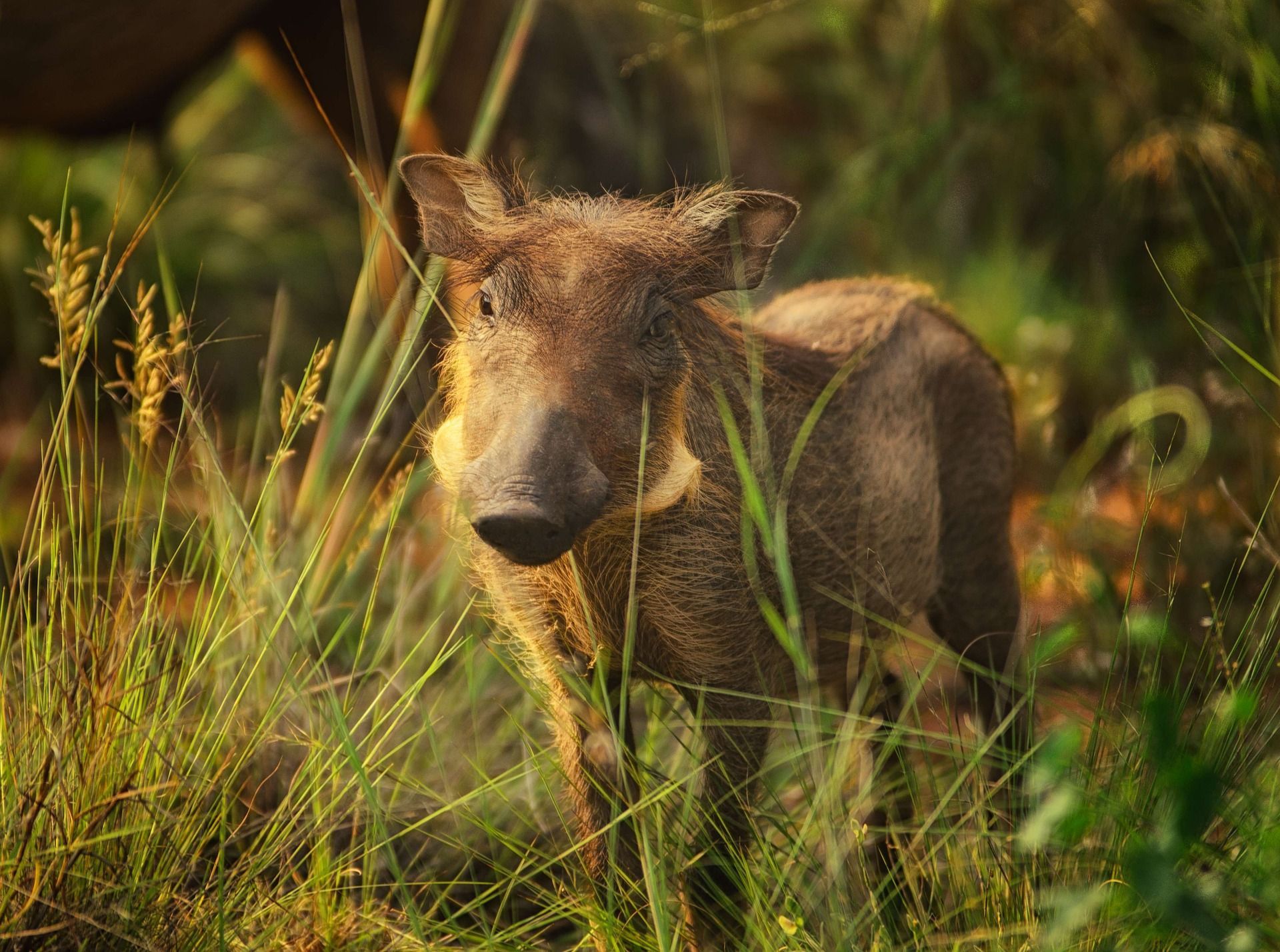
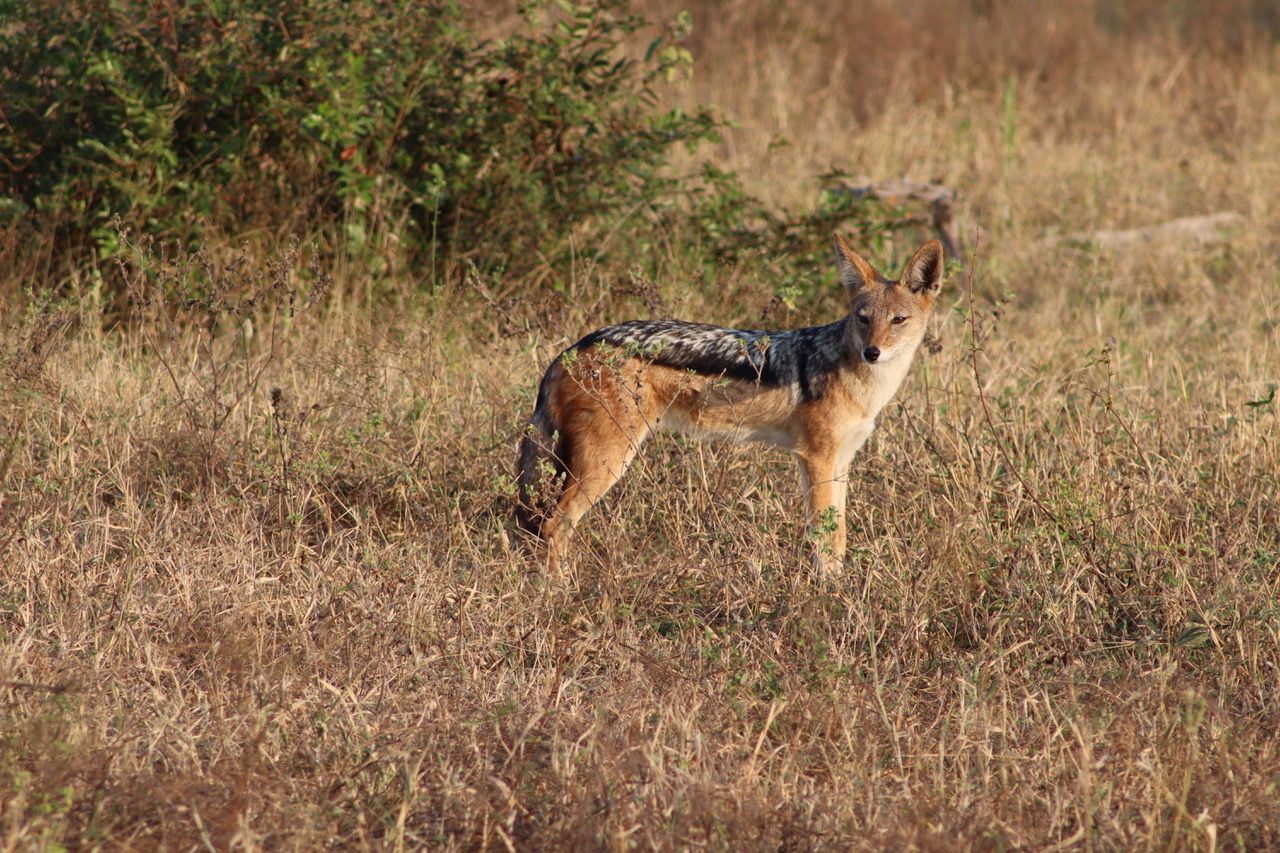
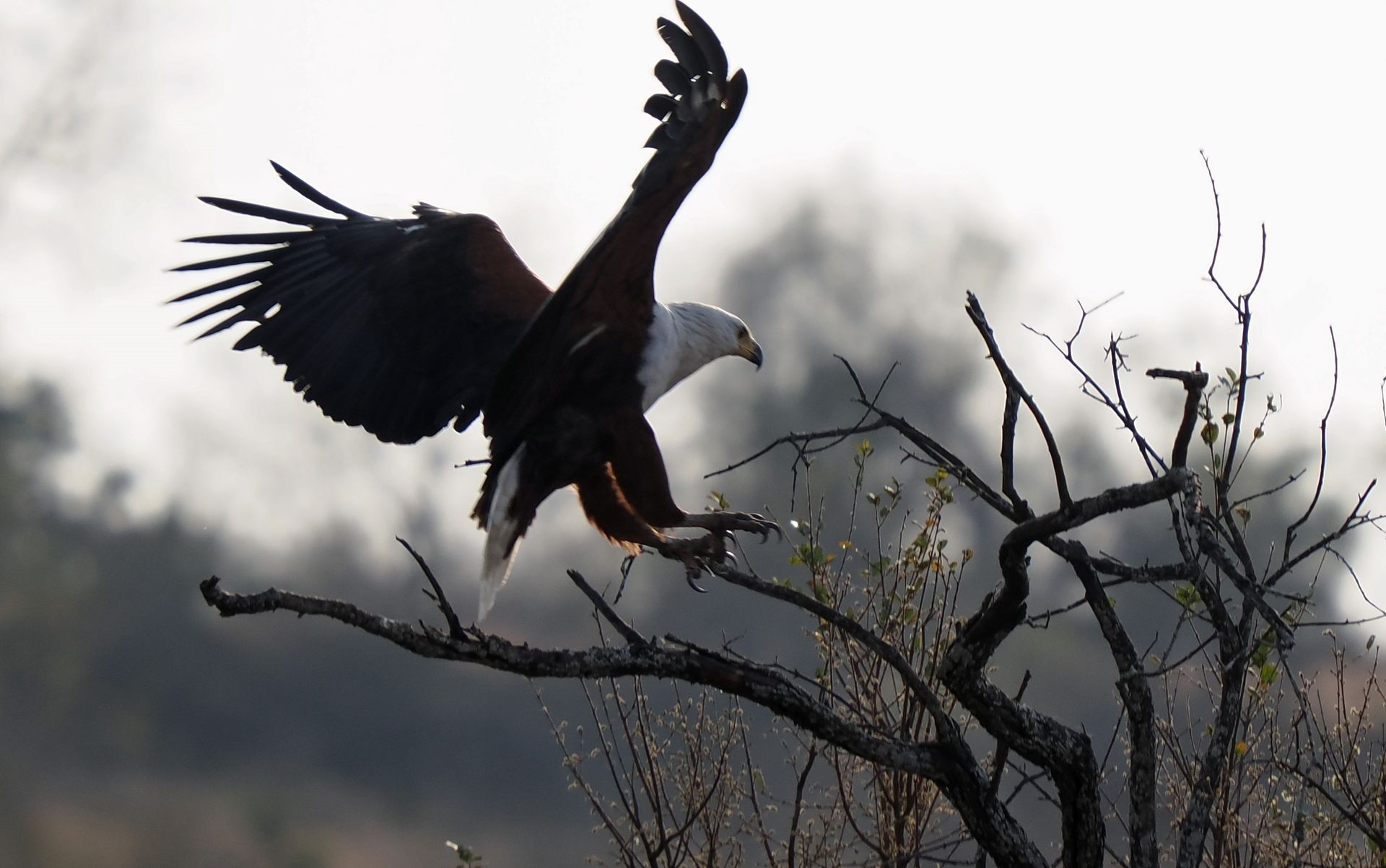
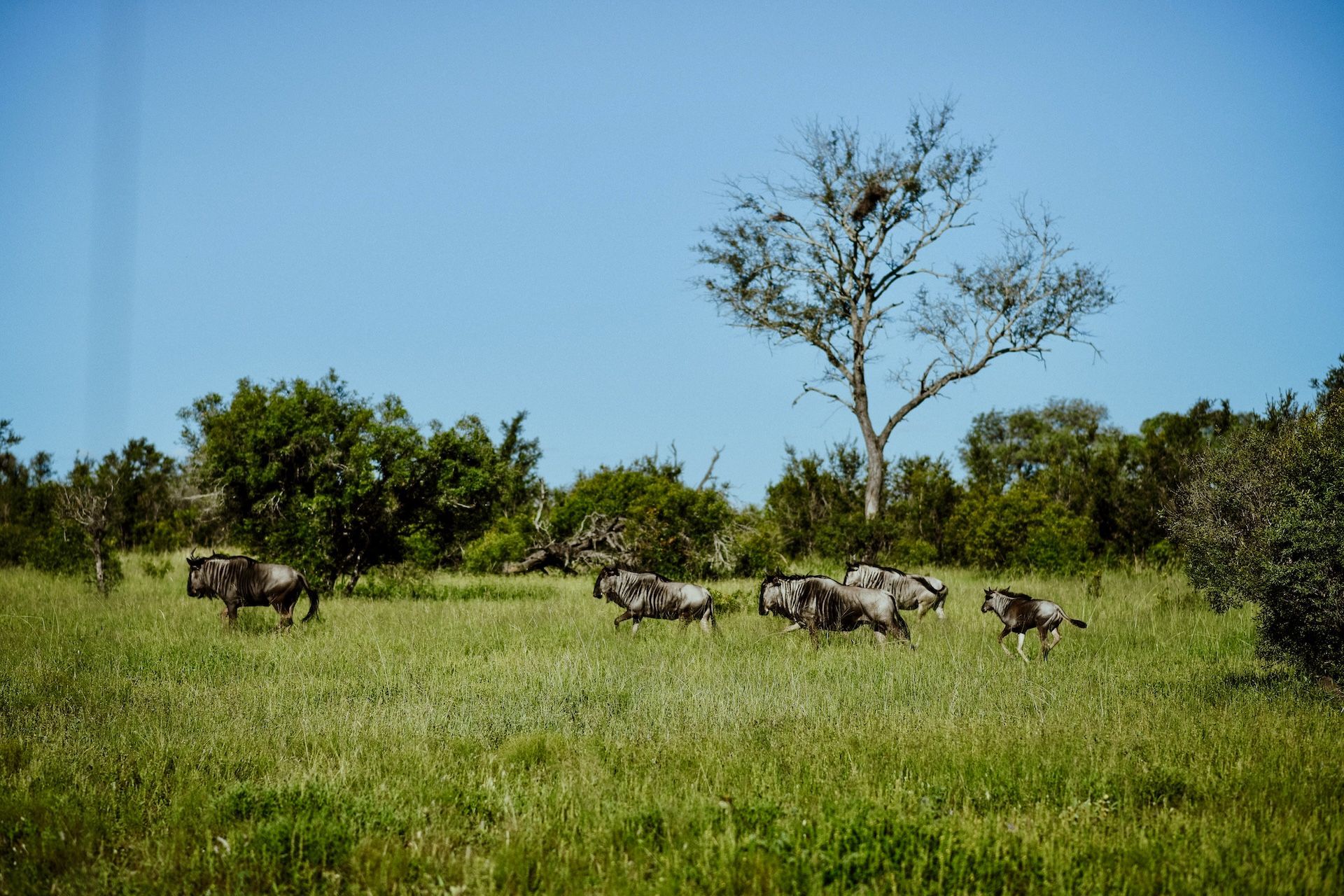
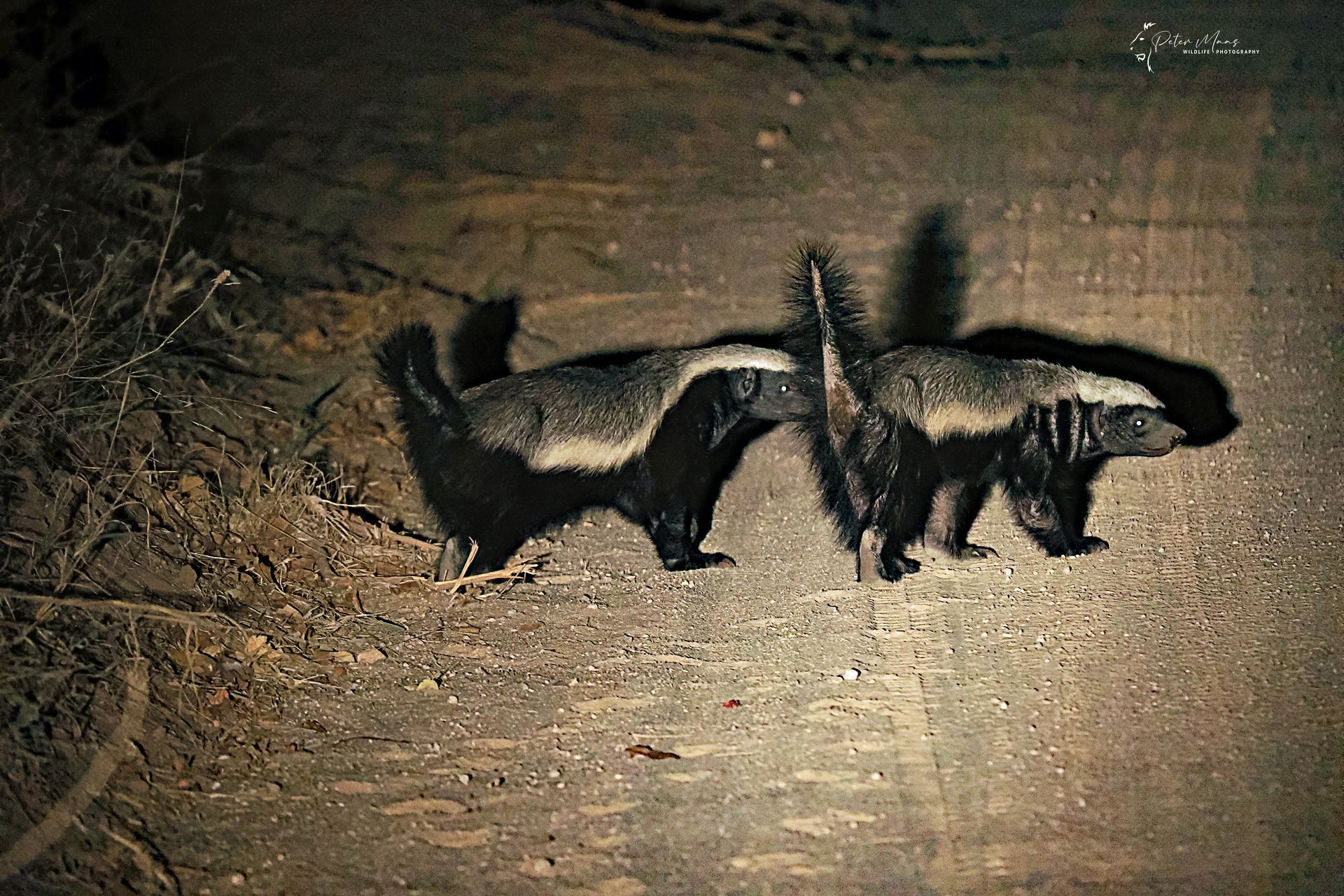
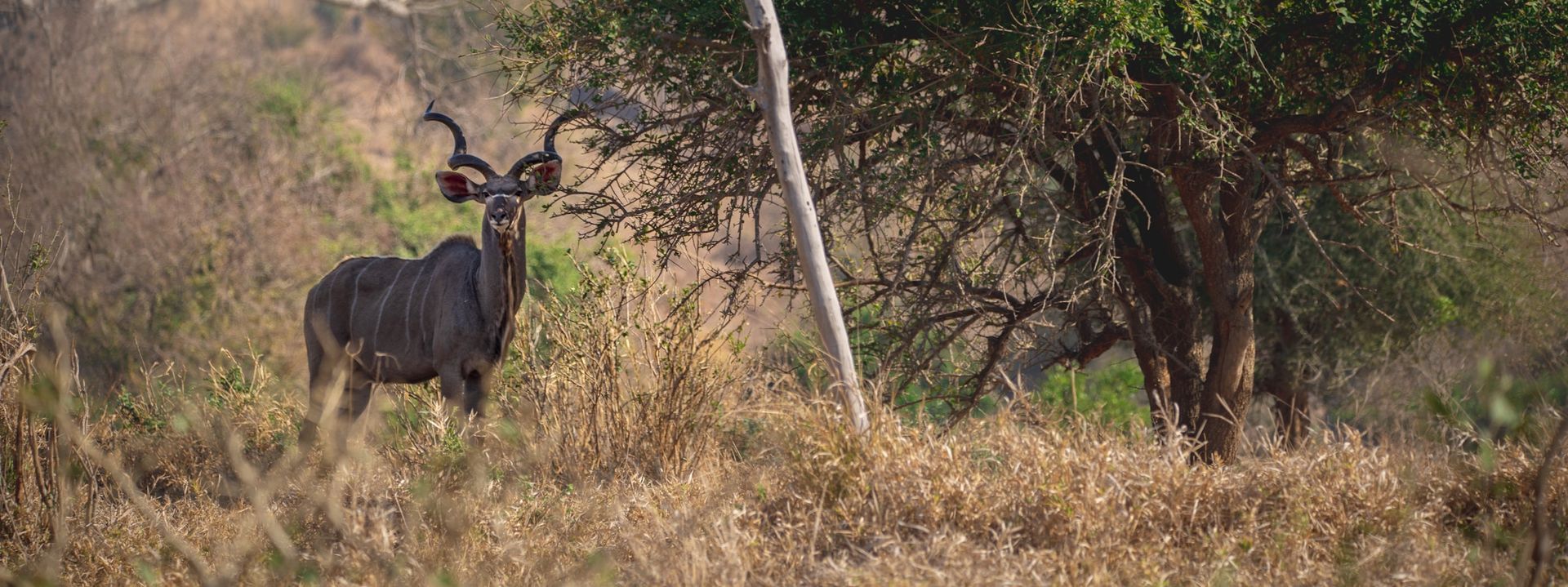
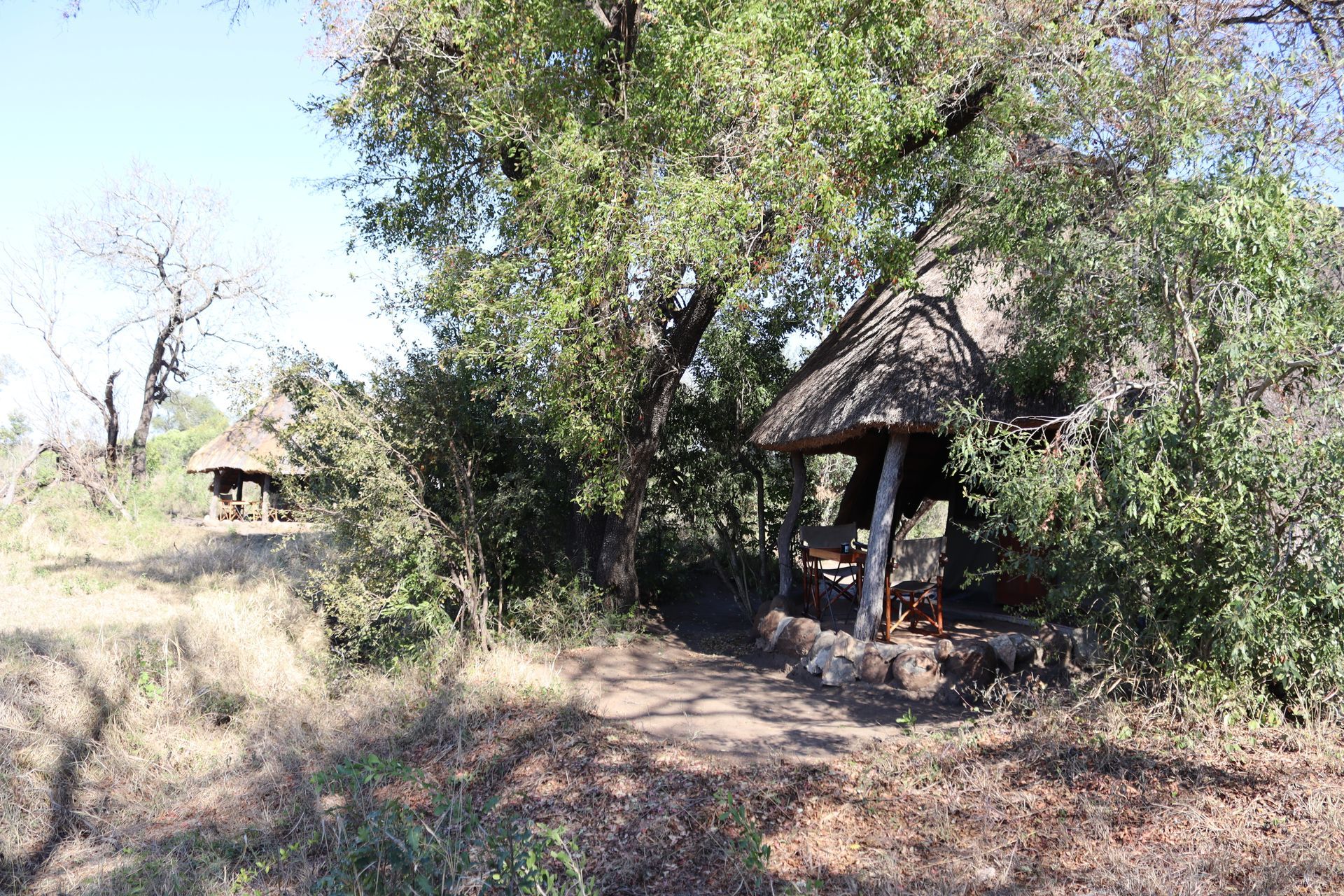
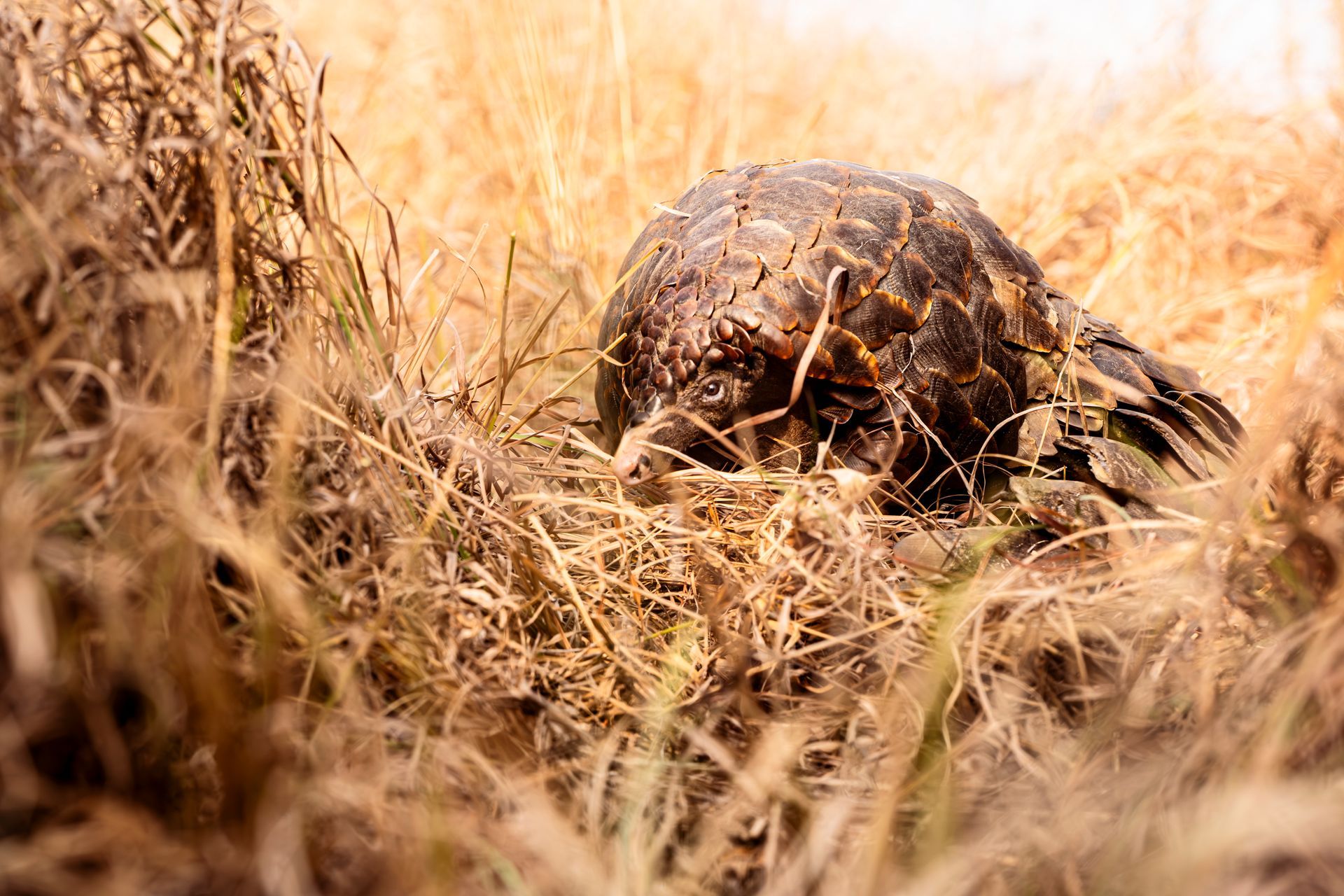
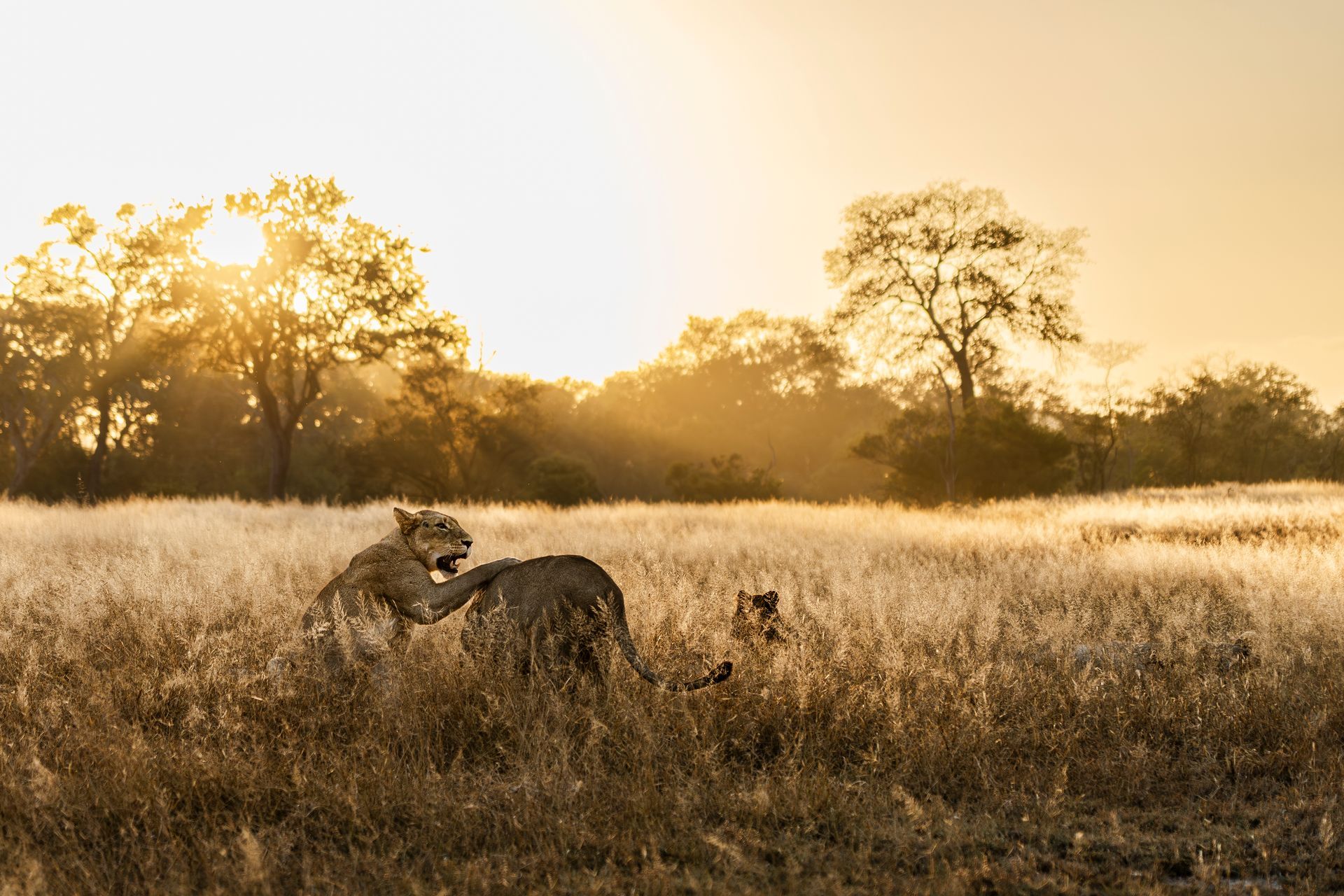
Pungwe Safari Camp
Manyeleti Game Reserve
Mpumalanga
South Africa
Tel: +27 82 853 9533
Email: info@pungwe.co.za
MENU
STAY CONNECTED
Join our Newsletter and find out more
Contact Us
We will get back to you as soon as possible
Please try again later
All images on this website have been taken at Pungwe by guests or staff
All Rights Reserved | Ingweleti Investments (Pty) Ltd T/A Pungwe Safari Camp

